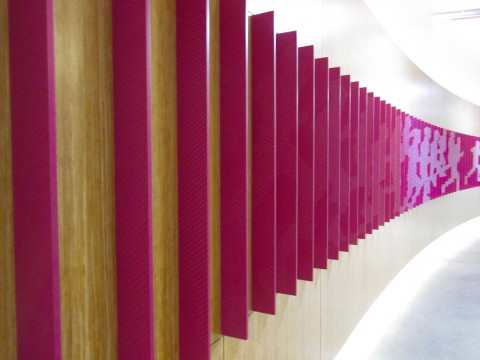Walkability Drivers
Scale matters
Scale matters

Being active indoors is as good for our minds as it is for our waistlines. It can help us think more clearly, creatively, and productively, for example, all while we burn calories. Neuroscientists have determined how design can spur people to be physically active inside.
Baobeid and teammates built on earlier research to investigate what makes an area walkable.
Key effects of light intensity
Music, exercise, and thinking hard
Recently released research confirms the value of design that encourages movement.
Koo and teammates researched how design can enhance walkability.
Zhu and colleagues conducted a literature review and report on how the design of the physical work environment, at three different scales, can boost physical activity (PA) among employees.
Li and colleagues studied how streetscapes influence walking in Boston.
Portegijs and colleagues studied how neighborhood features influence the (self-reported) physical activity/mobility of older (79-94 year old) residents of a Finnish community.